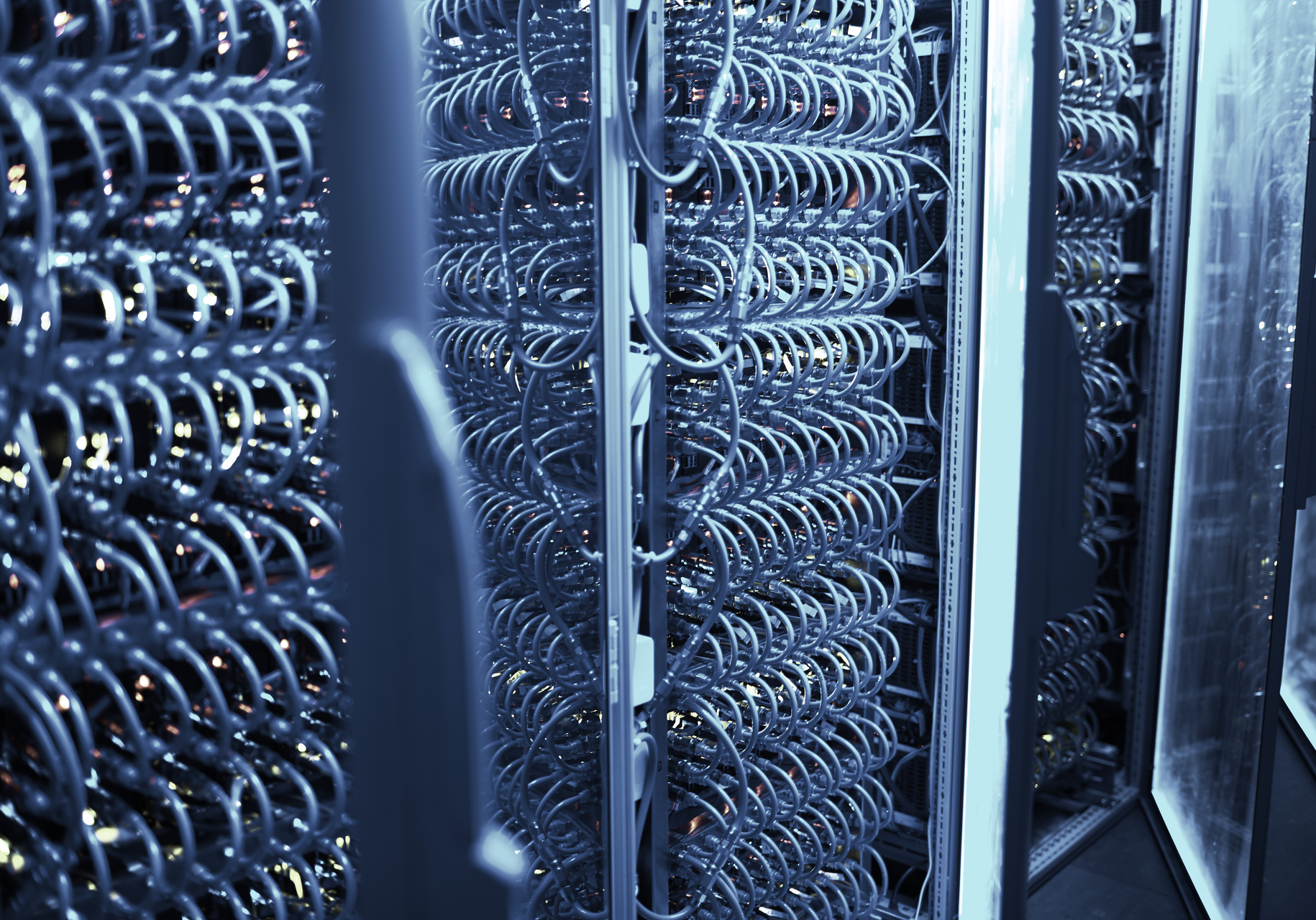
Modern data centres are highly complex, and their safe and efficient operations require constant monitoring and management. One of the most critical tasks for data centre managers is maintaining the correct temperature. If temperature and humidity rise too high, condensation can form, which can damage the sensitive equipment inside. This can lead to significant damage and disruption. Fortunately, there is a range of technologies available that help regulate temperatures and keep data centres within the optimal range.
Managing Data Centre Environments
The recommended temperature for data centres is typically between 70 and 75°F (21 to 24°C). However, some studies suggest that maintaining temperatures below 70°F (21°C) may be unnecessary and could lead to wasted energy and costs. In certain cases, data centres may need to keep temperatures lower due to factors like atmospheric stratification, where mixing cold air with exhausted warm air can drive up cooling costs. Investing in the appropriate and cost-effective cooling solutions for data centres is key.
Maintaining proper rack hygiene is key to preventing warm exhaust air from entering the intake area. Installing blanking plates or other fittings around the edges, floor, and top of racks can help ensure that only cold aisle air reaches the equipment intakes. Additionally, separating hot and cold aisles can further prevent the mixing of air and improve cooling efficiency in server rooms.
Improve Your Energy Efficiency With TriSolve’s Cooling Solutions for Data Centres
Climate change is one of the most pressing issues of our time, and with energy costs soaring in recent years, energy-intensive data centres must operate as efficiently as possible. Effective containment can help data centres prevent the mixing of hot and cold air, improving energy efficiency. Careful analysis of airflow management is also essential to maximise these improvements.
How TriSolve Can Help:
- Server Rooms: We create precise temperature control environments for servers, keeping them well-functioning and extending their lifespan, keeping your data centre operational 24/7.
- High-Power Cooling: Our Temperature control and cooling systems are built to efficiently remove heat from even the most densely packed server racks.
- Minimal Noise: We can help prevent noise from interfering with your sensitive equipment.
Get in Touch
Free Cooling Solutions for Data Centres
Another way to enhance efficiency is through the use of free cooling, which leverages natural cooling methods such as thermal reservoirs, low-temperature ambient air, or evaporating water. This approach reduces reliance on traditional mechanical cooling by using favourable external conditions, like cooler outside air or water.
While 70°F is often cited as the ideal data centre temperature, many equipment manufacturers now allow cold aisles to be maintained at 80°F or higher, further boosting energy efficiency by capitalizing on external cooling.
Advantages of free cooling in data centres:
- Provides efficient cooling when external temperatures are favourable
- Reduces or eliminates the need for mechanical cooling, leading to significant energy savings
- Utilises natural resources, reducing the overall carbon footprint

Air Blast Coolers for Data Centres
Our Air Blast Coolers, also known as Dry Air Coolers, are commonly used for commercial and industrial cooling. These single units can provide cooling capacities from 5KW to 4,000KW, and can maintain temperatures within 3°C of the surrounding environment throughout the year. TriSolve offers bespoke designs for various styles of air blast coolers including Half V, Horizontal and Vertical Flatbed designs.
Advantages of Air Blast Coolers in Data Centres:
Energy Efficiency: Air blast coolers use ambient air to dissipate heat, minimizing the need for energy-intensive mechanical cooling, which can significantly reduce energy consumption and operational costs.
Low Maintenance: With fewer moving parts compared to traditional cooling systems, air blast coolers generally require less maintenance, reducing downtime and service costs.
Cost-Effective Operation: Since they rely on natural airflow rather than refrigerants or complex cooling systems, air blast coolers are more economical to run, especially in cooler climates.
No Water Usage: Air blast coolers don’t require water to cool the system, making them ideal for electrical industries.
Environmentally Friendly: By avoiding the use of refrigerants and minimising energy consumption, air blast coolers contribute to a lower carbon footprint and reduced environmental impact.

Adiabatic Coolers for Data Centre Cooling
Adiabatic coolers are a cutting-edge alternative to traditional cooling towers that require less maintenance and have lower operating costs. They are a low-risk option compared to hybrid and traditional cooling towers, come with UV sterilisation as standard, and have been developed with guidance from the British Health & Safety Executive.
Advantages of Adiabatic Coolers in Data Centres:
Increased Efficiency in Hot Climates: Adiabatic coolers use the process of evaporating water to pre-cool incoming air, making them highly effective in reducing temperatures in warm environments without relying heavily on mechanical cooling.
Lower Energy Consumption: These coolers reduce the need for traditional refrigeration systems, resulting in lower energy usage, especially during peak demand periods.
Water-Efficient Cooling: Although adiabatic coolers use water, they do so efficiently by limiting water use to only when cooling is needed, making them more sustainable than traditional water-based cooling systems.
Enhanced Temperature Control: Adiabatic coolers provide more consistent and controlled cooling, helping data centres maintain optimal operating conditions even during extreme heat.
Reduced Environmental Impact: By combining air cooling with minimal water use, adiabatic coolers offer an environmentally friendly alternative, lowering both energy and water consumption and contributing to a greener operation.
